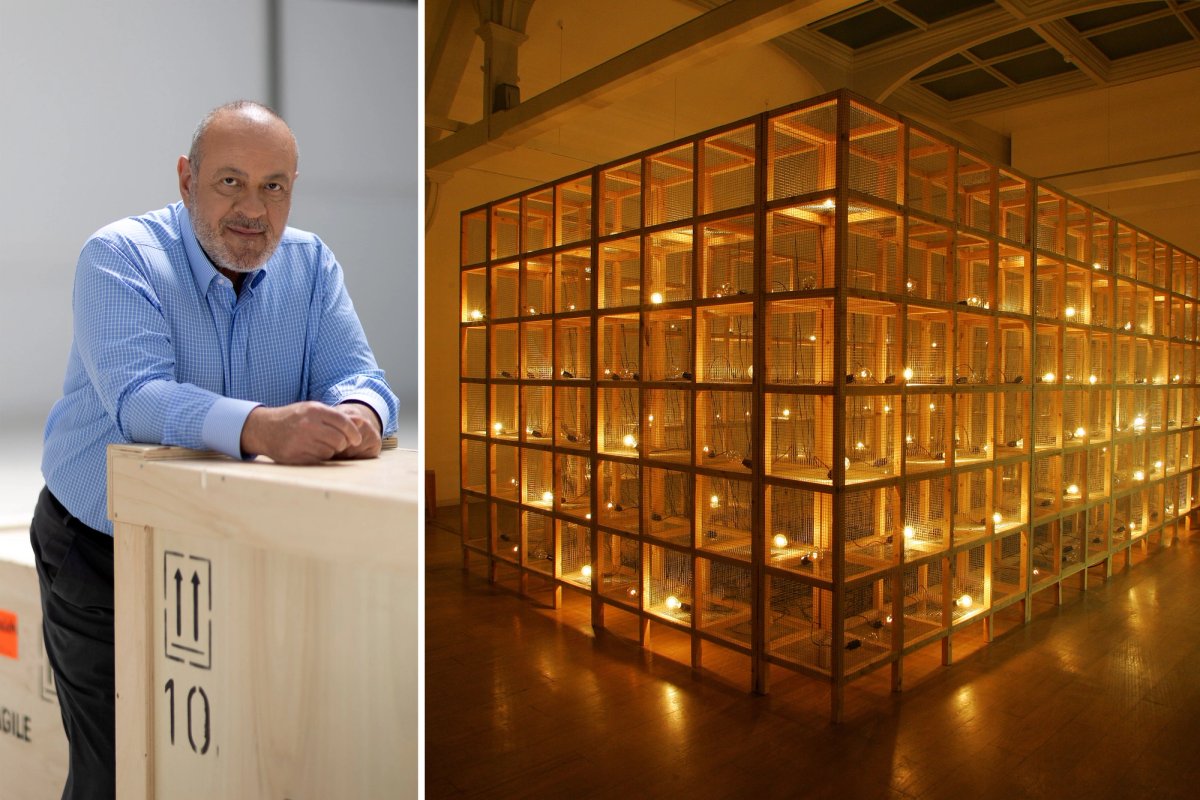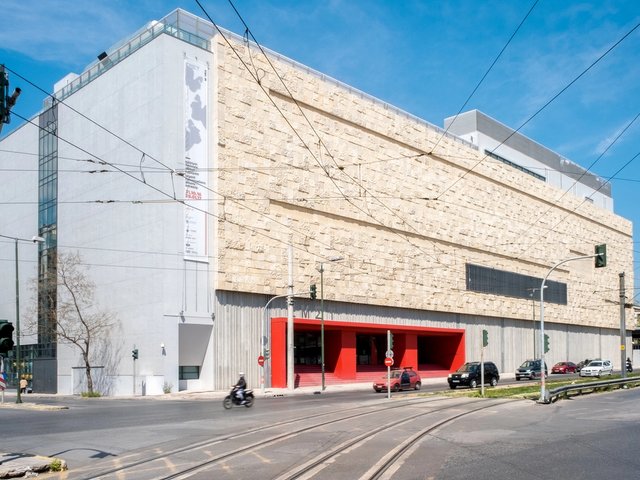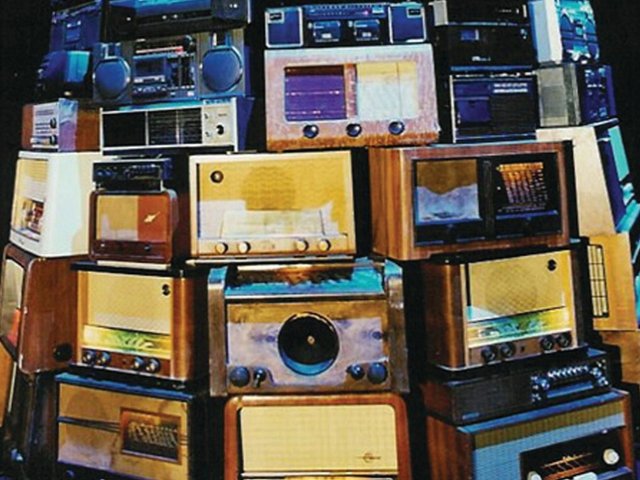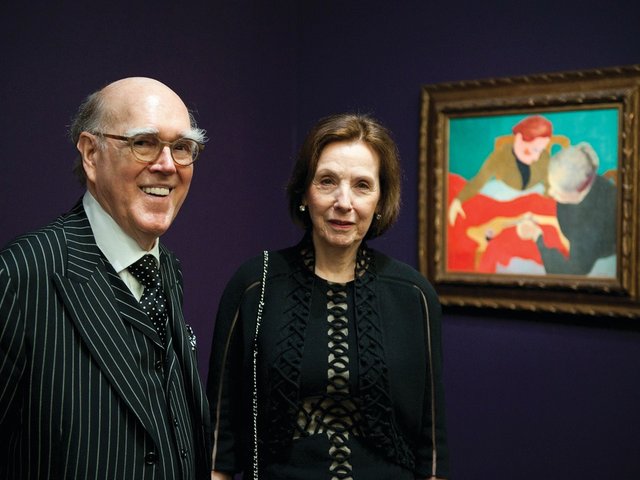The Greek collector Dimitris Daskalopoulos is donating more than 350 works from his vast contemporary art collection to four international museums in one of the largest ever philanthropic gifts. The Greek National Museum of Contemporary Art in Athens (EMST) will receive 140 pieces; Tate gets 110 works; while the Guggenheim in New York and the Museum of Contemporary Art Chicago (MCA Chicago) will assume joint ownership of around 100 works.
Daskalopoulos explains his decision to The Art Newspaper saying: “For me, it was a one-way street and about making these works available to the public. I have built relationships with the collections; this is a culmination of a way of thinking over many years.” The donation to EMST means that the museum, which has had a difficult history, is firmly on the contemporary art map. “Katerina Gregos [EMST artistic director] is thrilled. It was also a factor for me that she is there. It has struggled for a long time to stand on its feet, now I am very hopeful.”
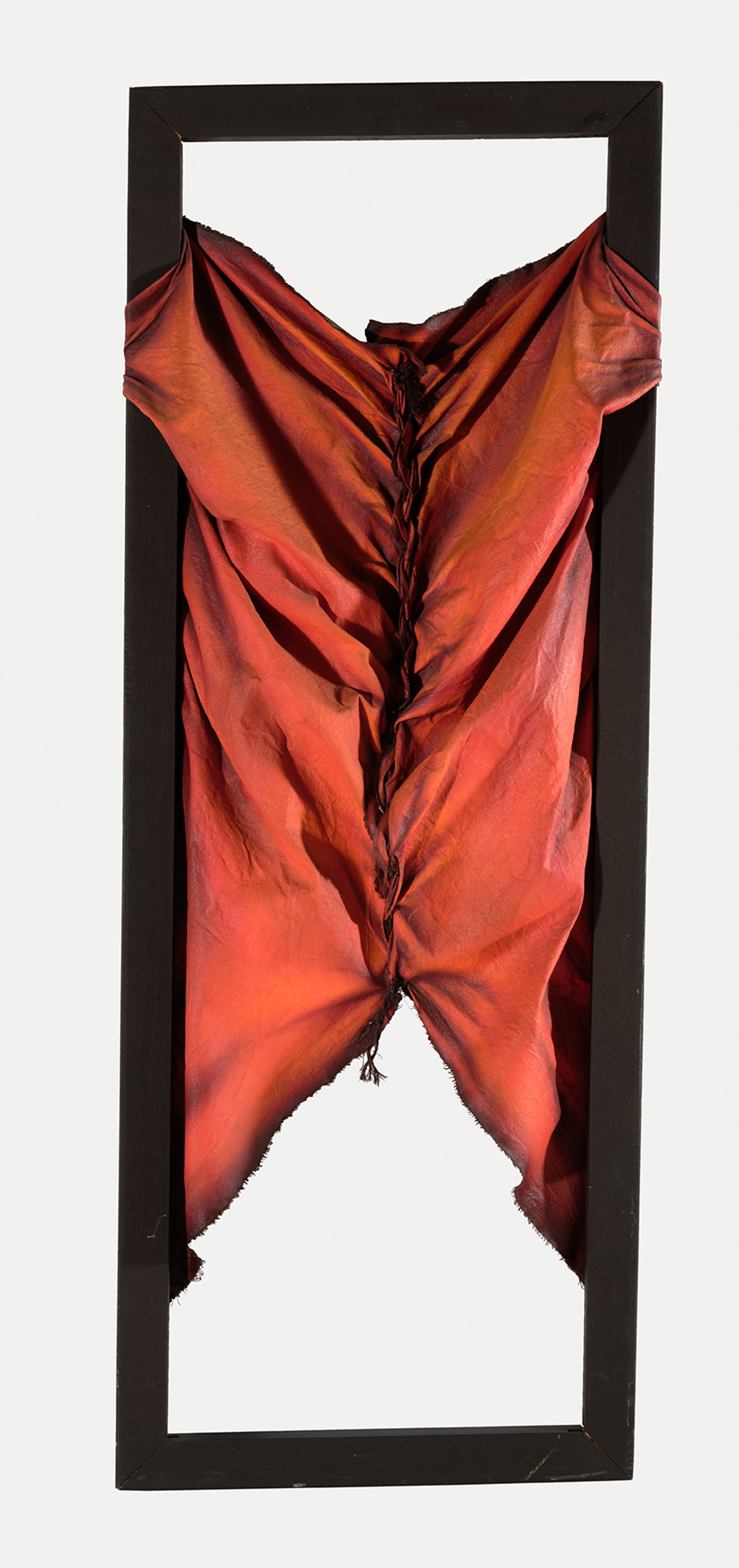
Stathis Logothetis's Torso (1981) has been given to EMST in Athens Courtesy of the artist; photo: Nikos Markou
A large portion of works by Greek artists are included in the gift to EMST. “We are filling in important gaps for our Greek museum,” he adds. Gregos says in a statement that this is the most significant gift in the 20-year history of EMST both in terms of size and importance. “It couldn’t come at a better moment, with Greece emerging from the debt crisis,” she adds.
Daskalopoulos says meanwhile: “I’ve been associated with Tate a long time; I talked to [former director] Nick Serota about the possibility of gifting.” He is a trustee of MCA Chicago and the vice-president of the board at the Solomon R. Guggenheim foundation.
Some of the artists represented in the collection include Louise Bourgeois, Steve McQueen, Sarah Lucas and Kiki Smith. So how will the works be allocated? “Myself and the team, we sat down and said, ‘This is a coherent collection that cannot go to one place. It’s too big, too heavy, for any museum to handle, even somewhere of the calibre of Tate.’ If our goal is to make it as available to as wide an audience as possible, we have to look at various museums.”
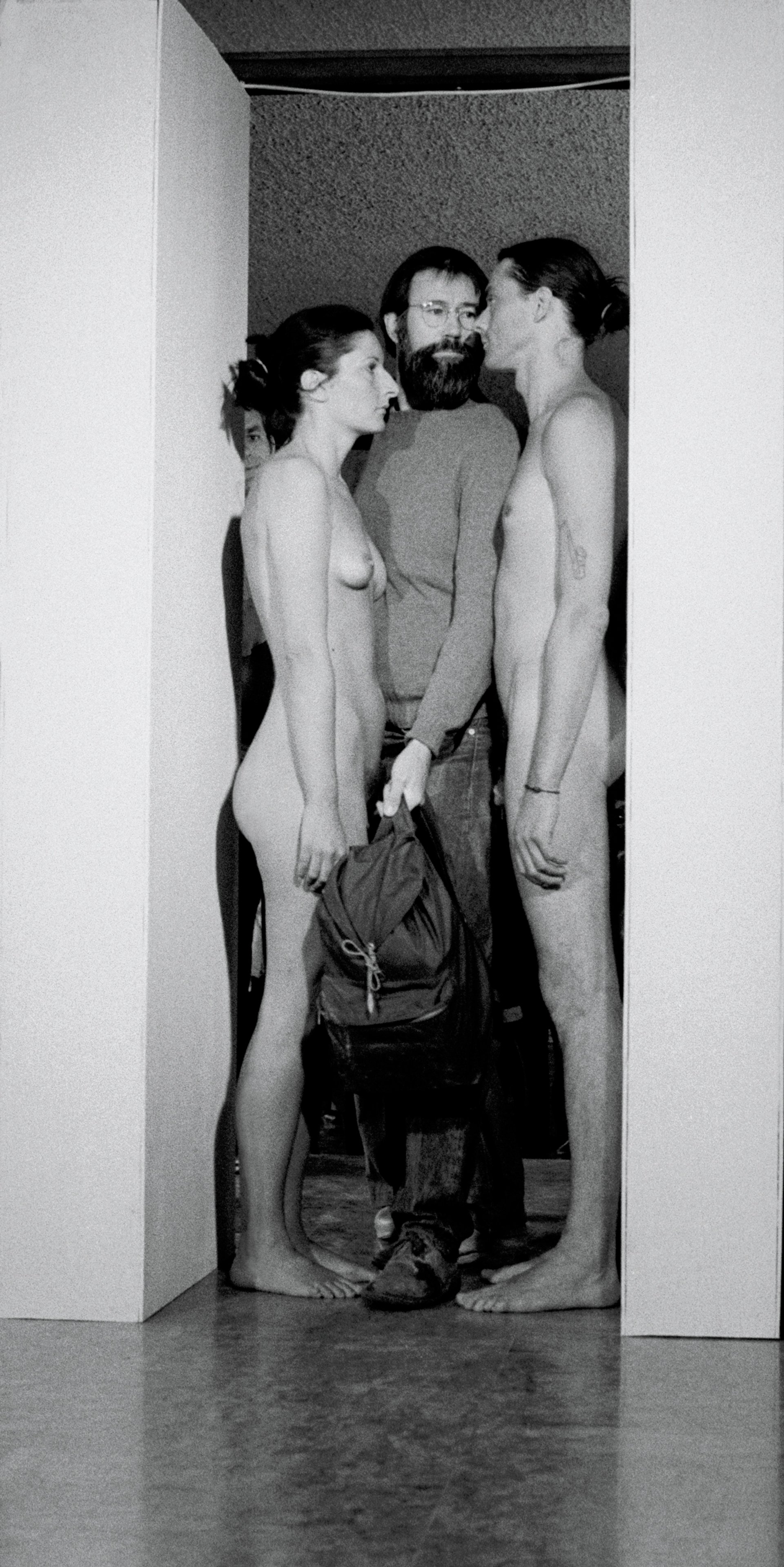
Marina Abramović and Ulay's black and white video projection with sound Imponderabilia (1977) Courtesy of the Giovanna dal Magro and Lisson Gallery, London, and The Marina Abramović Archives
His team broke down the collection into three subsets. “Then we looked at what the museums already had so that we don’t create overlaps. And then we gave the option to the museum, saying, ‘We would like you to take it as a collection gift but if there are works that you don’t want for any reason, just tell us.’ There were very few occasions when works were taken out… we did a good job in making the [works] compatible with the needs of each museum. Everybody is happy and nobody is jealous,” Daskalopoulos adds.
He says that he initially mentioned his gift plan to a Greek newspaper in October 2014. “This was the first time when I said my collection is going to public institutions. I had already made the decision. Anglo-Saxon museum directors are very good at warming up collectors.” He outlines further his collecting ethos, saying: “These [works] are creations of gifted humans, those people we call artists—they thought of them and they made them. The fact that I purchased them does not make me the sole owner. There is no meaning in an art work if it is not interacting with somebody—it’s in a box, it doesn’t even exist. That’s where I become just an intermediary.”
Part of the 500-strong collection has already been seen at three museums, including at the Whitechapel Gallery in London in 2010. “This is an indication that some museums felt this is a coherent selection that has a theme, it’s not just an addition of trophies that a lot of collections tend to become. The theme that was always close to my heart is the marvel of the human condition and the meaning of the human struggle to succeed, to create, to leave a mark… this is the axis on which I chose or rejected the works,” Daskalopoulos says.
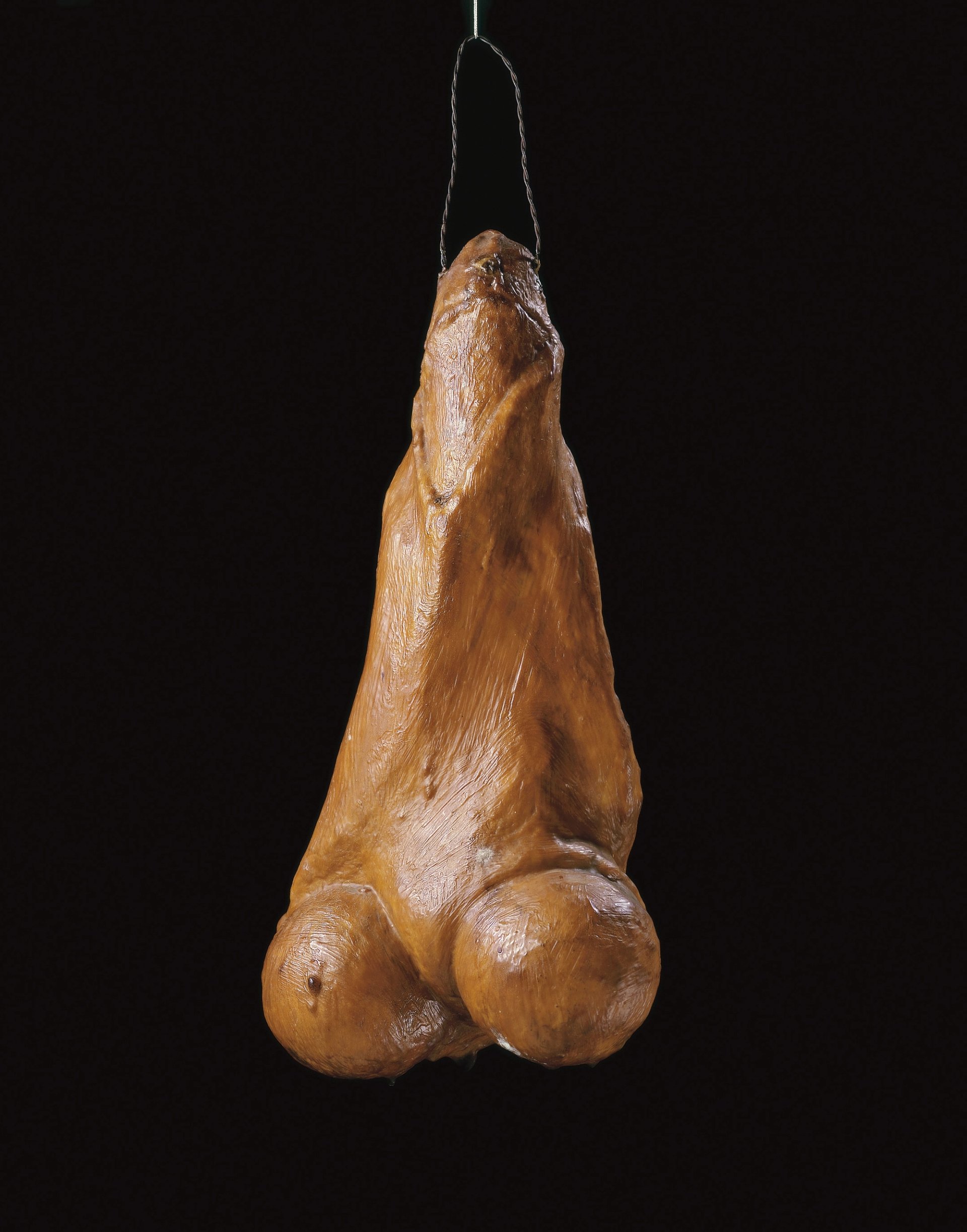
Louise Bourgeois's Fillette (Sweeter Version, 1968-99, cast 2001) © The Easton Foundation
The collection gifts will also be accompanied by the creation of a network of curators, including a new dedicated post at Tate and a new shared post at the Guggenheim and MCA Chicago. “We have great hopes that this will create a cultural exchange, especially for EMST. The fact there are [new] curators makes me hopeful there will be trans-Atlantic cooperation.” The joint gift to the US institutions, giving ownership to both, was a “positive surprise for them”.
Asked why he has no plans to open his own museum, Daskalopoulos says: “There was no other consideration for me… I think it’s a wise move because a collector has a responsibility to the collection, the artists and the works—you cannot just leave them in your will or in a warehouse. We are nomadic. It was never an option to create a structural foundation or museum of my own, it does not fit with my character. I am giving the collection an assured future when it goes to public institutions that are capable of understanding and conserving [the works], to keep them in dialogue.”
Daskalopoulos began collecting in 1994 but says he has now stopped. “My collection has completed its mission. It has said what it has to say.” The bulk of the collection is part of the gift. Some works will stay with him though for “financial planning, a way of life, there are things I like to live with”. He insists also that he is not claiming any tax advantages in any jurisdiction with this gift. Daskalopoulos made his fortune in the Greek food industry and is the founder and chairman of Damma Holdings, a financial services and investment company. He established his Athens-based foundation Neon in 2013.


